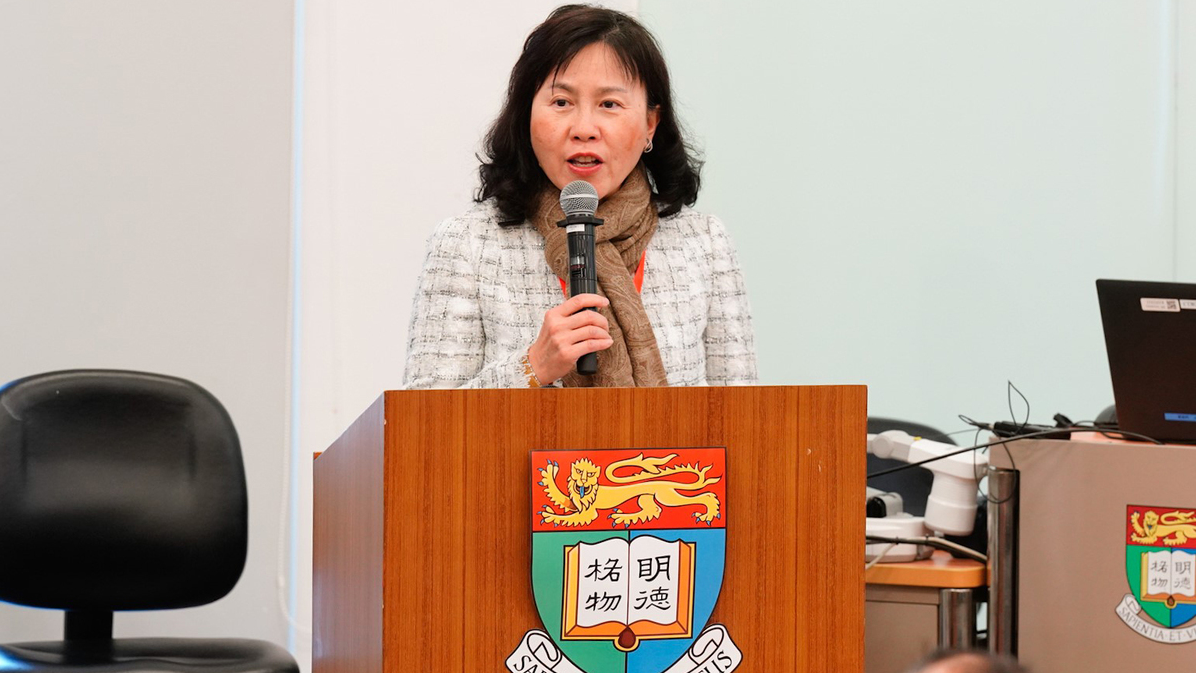
Hong Kong will see its first ship-to-ship liquefied natural gas bunkering this week as the city continues to develop into an international high-quality green maritime fuel bunkering center, Secretary for Transport and Logistics Mable Chan said Wednesday.
Answering a query at the Legislative Council, Chan said the city had issued its Code of Practice (CoP) on LNG bunkering last month and the trade will conduct the first ship-to-ship LNG bunkering in Hong Kong waters this week.
“Hong Kong must enhance its green maritime fuel bunkering capabilities to respond to market needs, so as to give full play to our advantage of our excellent geographical location and our position as a major bunkering port in South China, consolidate Hong Kong's position as an international maritime center, and maintain the competitiveness of our port,” Chan said.
ALSO READ: HKSAR govt promulgates action plan on green maritime fuel bunkering
With the maritime industry accounting for about three percent of the world's carbon emissions, the International Maritime Organization has set out a target to achieve net-zero carbon emissions from international shipping around 2050.
Chan said the use of green maritime fuels is by far the most effective way for the industry to reduce emissions and a number of these fuels, including biodiesel, LNG, green methanol, green ammonia and hydrogen are being used or tested.
Hong Kong aims to make biodiesel bunkering immediately available, develop LNG and green methanol bunkering in the short- and medium-term, respectively, and consider the development of the bunkering of hydrogen and green ammonia in the long run, she added.
Chan said the special administrative region will within this year invite the industry to submit expressions of interest on developing green methanol storage facilities on a site in Tsing Yi South, and complete the CoP on green methanol bunkering,
She added that the city will also start this year a feasibility study on the future bunkering of hydrogen and green ammonia.
ALSO READ: Key maritime merchants forum in HK helps steer course for shipping industry
“By 2030 we expect that there will be over 1,000 vessels capable of being powered by LNG and nearly 400 methanol ones by 2030, as well as a number of hydrogen and green ammonia vessels in the world,” Chan said.
“As most of the vessels that can use green maritime fuels will likely have dual-fuel engines, these vessels as well as the other traditional ones not yet due for replacement will likely adopt biodiesel, which is cheaper than other green maritime fuels currently, to reduce emission in the short term,” she added.
Mainland
Chan said she expects that most of SAR's green maritime fuels will come from the Chinese mainland, which is a major producer of a number of green fuels.
“In fact, currently some Hong Kong companies have already set up production facilities in different provinces and cities in the mainland, including Inner Mongolia and Foshan, to produce green maritime fuels, while some Hong Kong and mainland producers have expressed interest in providing such fuels to Hong Kong,” Chan said.
READ MORE: ‘Alternative green fuels, electrification key to decarbonize maritime activity’
“Such stable green maritime fuel supply chain can also allow Hong Kong to take advantage of its robust and resilient financial system, good business environment, and regulatory regime in line with international standards, to develop into an international green maritime fuel trading center,” she added.


